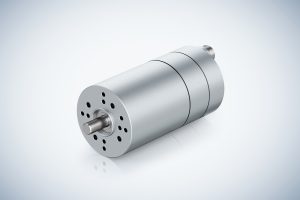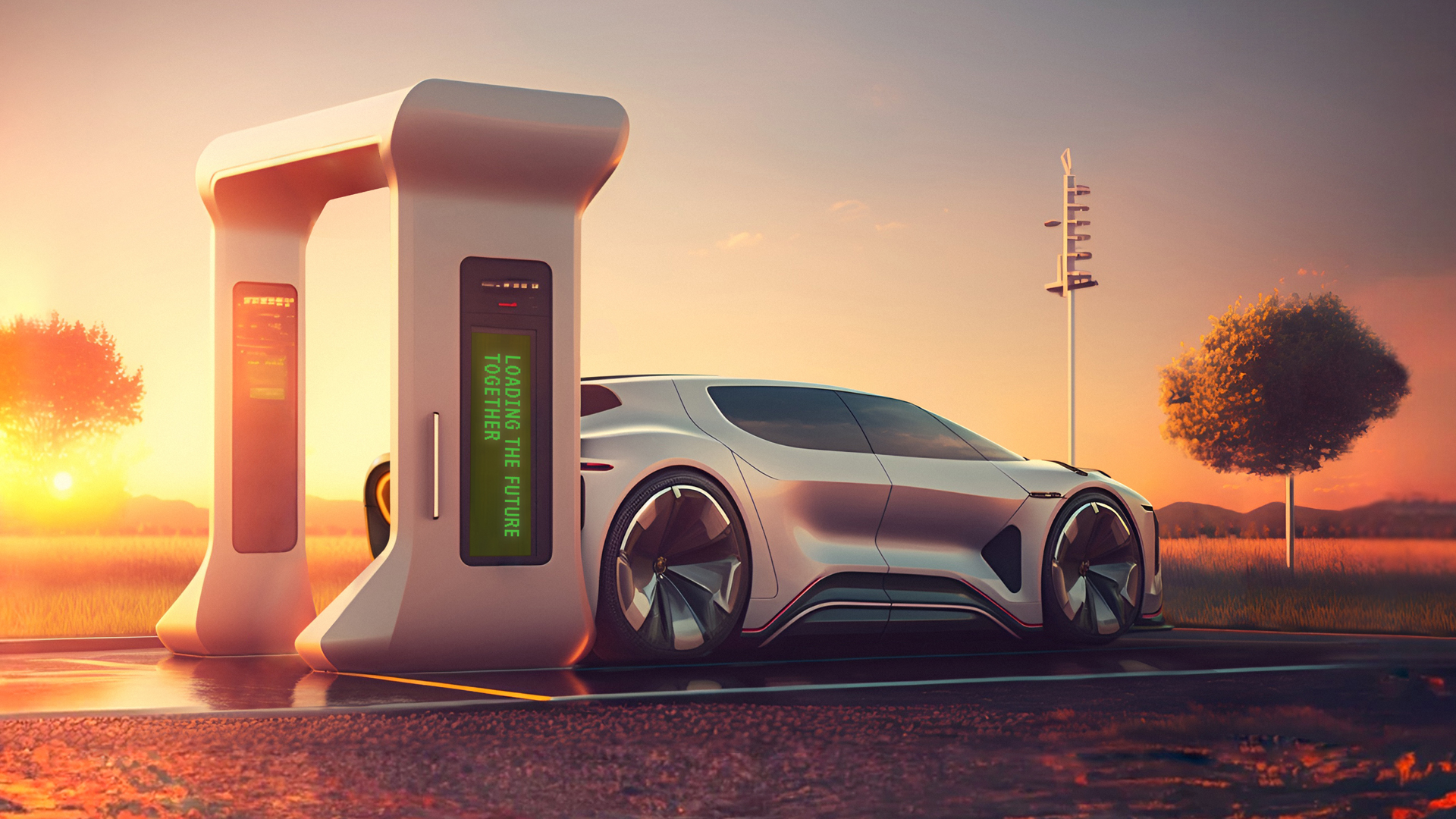WHAT THE TECH?! Securing e-mobility with green energy?
Why is green energy the right way to go, for charging electric cars?
Find the answer here: simple, understandable and with a bit of humor!
Electric mobility that relies on renewable energies is environmentally friendly: Wind, water, photovoltaics and even green hydrogen are possible sustainable sources. Charging stations and terminals of various sizes and capacities are the interface to the vehicles, i.e. cars, trucks and buses, and are often combined with battery storage systems to compensate for fluctuations and stabilize the grid (Fig. 1). As the interest in electric vehicles steadily increases, the availability of quick-charge stations is a challenge. To reduce charging time, the charging connection power must be increased to several hundred kilowatts depending on the application. As a result, the thermal load on the electrical components in the systems increases significantly.
Efficient heat dissipation
To efficiently dissipate the heat loss and enable fast charging, controlled thermal management incorporating different cooling solutions is required. The motor and fan specialists at ebm-papst have taken a close look at this issue and can now offer suitable solutions for the various cooling solutions related to electric mobility.

Compact fans in various designs for efficient and low-noise electronics and switch cabinet cooling are just as much a part of this as powerful and intelligent drives with integrated K4 control electronics for the pumps, which are necessary for supplying the cooling circuits.

One example of this is the ECI-63.20-K4 internal rotor motor, which, thanks to its high power density, is typically used as an efficient pump drive for cooling charging cables in the level 3 range with charging currents of up to 500 A (Fig. 2). With variants in the 180 to 370 W power range, the compact drive covers a wide range of applications. However, speed-torque controlled external rotor motors from the VDC-49.15-K4 series are also ideal for cooling solutions, and additionally enable users to make inferences about pressure and coolant flow, for example. This means that additional sensors are not required in the application, which has a positive effect on the system control of the charging station.
Fans for every application
The interior of a quick-charge station, its power electronics and cooling circuits are usually cooled with air (Fig. 3). Several fans are generally used for this, with axial, centrifugal, and diagonal compact fans as possible options, depending on the requirements. With sizes from 25 to 910 mm diameter and power ranges from 0.2 W to 4.6 kW, a suitable solution can be found for practically any application in electric mobility (Fig. 4).

Durable DC and GreenTech EC motors are the driving force behind the fans. They operate at high efficiency levels, thereby making an active contribution to saving resources. At the same time, their high efficiency keeps operating costs low. Thanks to the motor technologies used and aerodynamic optimizations, the fans also run extremely quietly, which helps prevent the quick-charge stations from becoming a disruptive factor and allows them to blend in well with their surroundings.
The drives’ excellent control characteristics ensure that demand-based operation can be easily implemented. The high efficiency of the EC fans is maintained, especially in the partial load range – a clear advantage over conventional AC fans.
An important factor for cooling in quick-charge stations is their outdoor suitability. Even under harsh ambient conditions such as rain, fog, dust and salty sea air, temperature fluctuations and other weather-related influences, the reliable functioning of the fans must be guaranteed. This is why they are subjected to rigorous testing by the manufacturer. Shock, vibration and corrosion tests are mandatory, as are the Highly Accelerated Life (HAL) test, temperature change control test, and EMC checks. In addition, all fans have electrical overvoltage protection.

Powerful cooling solutions for quick-charge stations
AxiEco and AxiForce series fans and have now been proven in a variety of electric mobility applications. The AxiEco offers high performance and efficiency in a compact footprint, allowing users to optimize the design of the final system. With a diameter of 200 mm, this fan delivers an air flow rate of 1,820 m³/h. (Fig. 5).
The speed can be adapted to the required cooling capacity via a PWM or analog signal, and this also allows operating noise to be reduced to a minimum. Application-specific modifications can also be made easily, for example with regard to the strand length for the electrical hookup or the plugs.

The AxiForce series fans are well suited for applications with high back pressure. They are available in sizes 80, 120 and 172 mm and achieve pressures of up to 1,200 Pa. These fans have a steep air performance curve such as is required for cooling in densely packed quick-charge stations. Despite the high back pressures, air flow rates of up to 650 m³/h can be achieved, which can mean a significant increase in performance for the application.
There is also a particularly environmentally resistant version with encapsulated electronics that meets the requirements of protection class IP68 – in other words, it is dustproof and protected against powerful water jets, and has also successfully completed a thirty-day salt spray test (Fig. 6). The fans are optionally available with ATEX certification. There are many other applications for these and similar compact fans – not only including the quick-charge stations themselves, but also battery storage systems and switch cabinet cooling.

Discover more:
Cooling solutions for electromobility
Our range of fans: compact solutions with complete power density.


Leave a comment